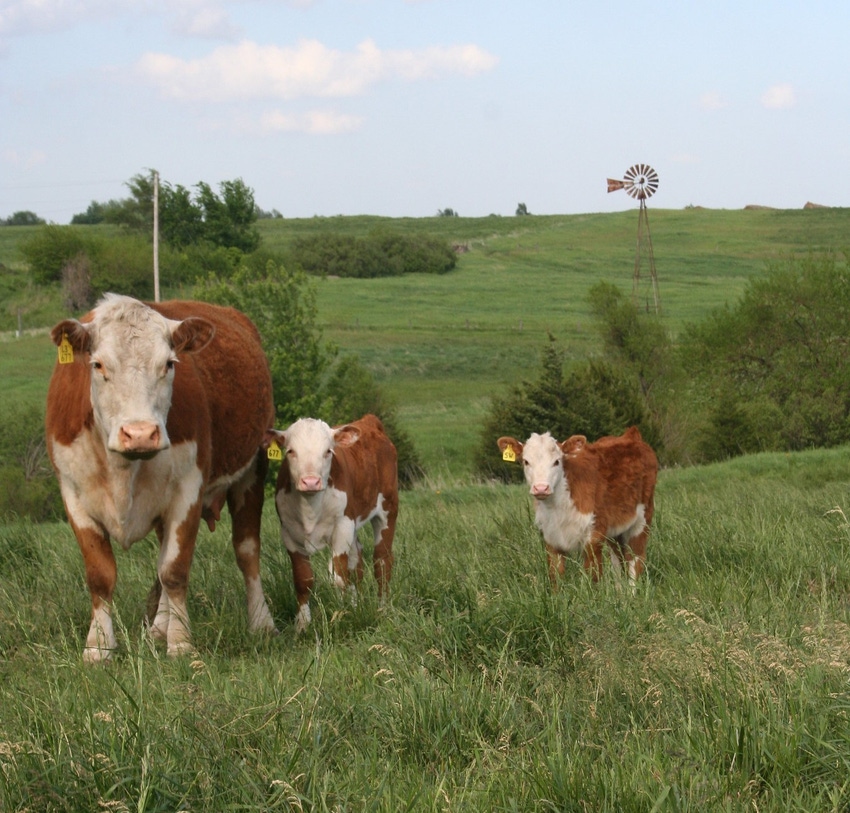Expert Support: Bagley Risk Management Strategies
Expert Support: Bagley Risk Management Strategies
Blog Article
Understanding Animals Risk Protection (LRP) Insurance Coverage: A Comprehensive Guide
Browsing the world of livestock risk security (LRP) insurance coverage can be an intricate undertaking for many in the agricultural industry. From exactly how LRP insurance policy functions to the various protection choices offered, there is much to uncover in this detailed overview that might possibly form the means animals manufacturers approach danger administration in their services.

Exactly How LRP Insurance Coverage Works
Occasionally, recognizing the technicians of Livestock Risk Defense (LRP) insurance can be complex, yet breaking down how it works can offer quality for breeders and farmers. LRP insurance is a danger management device developed to shield livestock manufacturers against unanticipated cost decreases. The plan permits producers to establish a protection degree based on their certain needs, choosing the variety of head, weight array, and protection price. As soon as the policy is in place, if market value fall listed below the coverage cost, manufacturers can sue for the difference. It's essential to keep in mind that LRP insurance is not a profits guarantee; instead, it focuses exclusively on price risk defense. The protection duration commonly varies from 13 to 52 weeks, offering versatility for manufacturers to select a period that aligns with their production cycle. By making use of LRP insurance, farmers and breeders can minimize the financial risks connected with fluctuating market value, making sure higher security in their procedures.
Qualification and Protection Options

When it comes to insurance coverage alternatives, LRP insurance policy supplies manufacturers the adaptability to choose the coverage degree, insurance coverage period, and endorsements that best suit their threat monitoring demands. By recognizing the eligibility standards and insurance coverage choices offered, livestock producers can make informed choices to handle danger successfully.
Benefits And Drawbacks of LRP Insurance
When evaluating Animals Danger Defense (LRP) insurance, it is essential for livestock producers to weigh the disadvantages and benefits intrinsic in this danger management device.

One of the main benefits of LRP insurance is its ability to supply defense versus a decrease in animals rates. In addition, LRP insurance uses a degree of adaptability, allowing producers to tailor insurance coverage levels and plan durations to suit their particular demands.
One constraint of LRP insurance policy is that it does not safeguard against all types of threats, such as condition break outs or natural catastrophes. It is essential for manufacturers to very carefully evaluate their specific danger direct exposure and financial circumstance to determine if LRP insurance policy is the right threat administration device for their procedure.
Comprehending LRP Insurance Premiums

Tips for Making The Most Of LRP Conveniences
Making the most of the advantages of Animals Risk Protection (LRP) insurance coverage calls for calculated planning and aggressive risk management - Bagley Risk Management. To take advantage of your LRP protection, take into consideration the following ideas:
Routinely Examine Market Problems: Keep educated about market trends and cost variations in the animals sector. By checking these factors, you can make informed decisions about when to purchase LRP protection to safeguard against possible losses.
Establish Realistic Coverage Degrees: When picking protection levels, consider your production costs, market worth of animals, and possible threats - Bagley Risk Management. Establishing practical insurance coverage degrees makes certain that you are adequately safeguarded without overpaying for unneeded insurance policy
Expand Your Protection: Rather than relying entirely on LRP insurance coverage, think about diversifying your threat management approaches. click here to find out more Incorporating LRP with other threat monitoring devices such as futures contracts or alternatives can give detailed coverage against why not check here market unpredictabilities.
Evaluation and Change Coverage Regularly: As market conditions transform, periodically evaluate your LRP insurance coverage to guarantee it lines up with your current threat direct exposure. Readjusting protection levels and timing of acquisitions can help maximize your danger protection method. By following these tips, you can take full advantage of the benefits of LRP insurance policy and secure your animals operation versus unexpected risks.
Final Thought
Finally, animals danger defense (LRP) insurance coverage is a valuable tool for farmers to manage the monetary threats associated with their livestock procedures. By comprehending just how LRP functions, eligibility and protection alternatives, as well as the advantages and disadvantages of this insurance, farmers can make enlightened decisions to safeguard their incomes. By thoroughly considering LRP premiums and carrying out methods to make best use of benefits, farmers can alleviate possible losses and ensure the sustainability of their procedures.
Livestock producers interested in acquiring Animals Risk Security (LRP) insurance coverage can discover an array of eligibility requirements and protection choices customized to their certain animals procedures.When it comes to protection choices, LRP insurance policy supplies manufacturers the flexibility to choose the coverage level, protection duration, and endorsements that best suit their risk administration requirements.To comprehend the details of Animals Danger Security (LRP) insurance coverage completely, recognizing the variables affecting LRP insurance policy costs is crucial. LRP insurance costs are established by various components, consisting of the protection degree selected, the expected cost of animals at the end of the insurance coverage site link period, the type of livestock being insured, and the length of the insurance coverage duration.Evaluation and Adjust Insurance Coverage Frequently: As market conditions change, regularly examine your LRP insurance coverage to ensure it lines up with your existing risk exposure.
Report this page